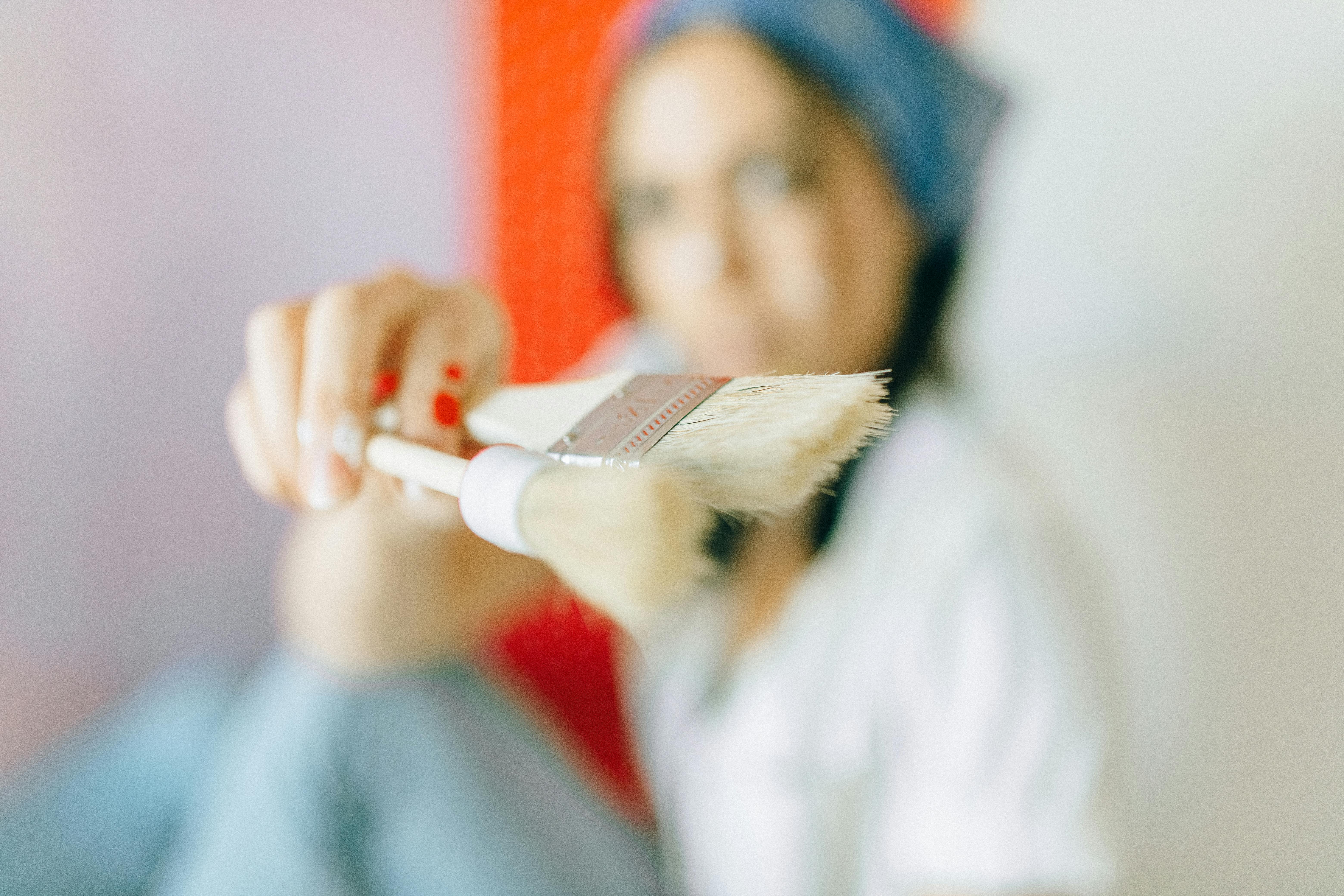vulcanized rubber seals
The traditional red rubber stamp that everyone knows will have been made in a vulcanizing press. The first rubber stamp vulcanizing press was patented in 1890 by Charles Schultze in New Orleans, USA. Vulcanizing is today one of the most cost-effective methods of manufacturing rubber stamps for mass-produced stamps. Each batch of stamps is produced using a mold. This manufacturing method is best suited for stamp manufacturing where the same molds are used over and over again. Making custom seals with a vulcanizing press that requires ‘one time only’ molds will significantly increase the cost of manufacturing.
Making the mold: Before a mold can be made, you must have a master plate made of metal or polymer, the master plate has the necessary relief (the design is raised) to make an impression in the mold. Having a master plate made each time a mold is required is what adds to the manufacturing cost of vulcanized seals. Pressing the master plate into a Matrix plate creates the mold that will accept the gum. Heat and pressure are applied to the master plate and die inside a vulcanizing press. The Matrix follows the shape of the relief provided by the master plate, which then hardens as it cools.
Rubber Stamp Making – Stamp making is a simple process once the mold is made. Raw rubber stamp gum is placed on top of the mold and then placed inside the stamp press. Hydraulic pressure is applied to the rubber and mold from inside the stamp press, causing the rubber to melt into the areas of the mold that contain the images and text, curing and hardening takes about 10 minutes. Once cured, the rubber sheet is removed from the mold and cut into individual stamps to be attached to the supports.
The cost of a vulcanization system is approximately $12,000 AUD
Advantages – Low production cost for mass produced stamps, good ink transfer.
Disadvantages – Cost of production of master plates and molds for custom stamps.
Laser Engraved Rubber Stamps
The traditional raw rubber used to vulcanize stamp dies is quite unacceptable for laser stamp die production, the laser process requires a very uniform thickness and a surface free of blemishes to produce an acceptable printed image from a stamp die. Rubber must also undergo a specific curing process before it can be exposed to the elevated temperature of a laser beam.
The depth of the engraving is determined by the speed of the laser, its power and the density of the rubber. For example, a 50 or 100 W engraver will etch rubber deeper and faster than a 25 W machine, which may require a second pass to achieve a similar result. Usually supplied as an A4 size sheet, a good quality laser glue is required to engrave stamp dies and it must also have adequate compressive strength and ink transfer properties.
To facilitate the engraving process, it is necessary to remove the excess dust that is constantly created by the laser cutting action with an efficient exhaust filtration system. Since very few, if any, CO2 laser engraving machines were initially designed to engrave and cut rubber, installing and maintaining an effective dust extraction system pays dividends in the long run. Mirrors, lenses, and any exposed contact surfaces should be thoroughly cleaned as part of a regular maintenance schedule. Any neglect in this area will be detrimental to the overall smooth operation of the laser, as dust and debris buildup will affect the efficiency of operation and the quality of the finished stamping die. The lasers are controlled directly from a computer, the software drivers supplied with the lasers work with many graphics programs such as CorelDraw.
The approximate cost of a 25-watt laser suitable for making stamps is $40,000.
Advantages: production is controlled by computer, custom stamps can be easily made
Disadvantages: High capital investment, maintenance and running costs will be much higher than vulcanization or polymer manufacturing methods.
Liquid Polymer Rubber Stamps
Converting rubber stamp polymer from a liquid to a solid to make stamps is quite fascinating. Polymer stamps are made between two sheets of glass using precisely controlled ultraviolet light that passes through a negative that contains the stamp design and solidifies the polymer. Negative production has been simplified with the introduction of water-based negative technology, photographic chemicals to produce negatives are now a thing of the past.
The first step in making polymer rubber stamps is to print your images, clip art, or text on Vellum, a paper that is nearly transparent like film.
To produce quality stamp designs you must use a laser printer, bubble jet printer inks are translucent and allow UV light to pass through where it shouldn’t. Water-based negatives wash out easily after being exposed for a few minutes in a UV exposure stamp machine.
Polymer contained in a sachet is now replacing the old cumbersome method of using foam tape to create a dam and pour rubber stamp polymers. The sachets have also addressed the age-old problem of removing air bubbles from poured polymer.
The negative of your artwork and the polymer sachet are sandwiched between two glass sheets 2-3mm apart, which are then exposed in the machine for a few minutes. Once you have completed the exposure, it is a simple process to open the envelope and wash off any excess unexposed polymer before returning the stamp to the machine for a 10 minute cure. Once the stamps are cured they can be cut individually. Polymer envelopes are available in a variety of sizes up to A4 size.
Processing time is about 30 minutes for a batch of polymer stamps.
The cost of polymer stamp making machines ranges from AUD$3,500 for an Australian made unit designed specifically for stamp making to high-end imported units with computer controlled washing for AUD$15,000.
Advantages: Lower capital investment, polymers make nearly transparent stamps, making them ideal for scrapbooking and card making. The relief of the stamp can be easily controlled during exposure.
Disadvantages: Early polymers did not accept inks as well as currently available polymers; this, in addition to being a new technology, caused initial resistance to polymer seals.
Summary
Most of the large stamp manufacturers have a combination of the above equipment. Unmounted rubber stamp dies produced by any of these manufacturing methods can be cut and affixed to simple hand stamps, date stamps, or self-inking stamps. Craft stamps are typically affixed to wooden blocks or, in the case of polymer stamps, affixed to clear acrylic blocks with InstaGrip mounting mat or adhesives. Several manufacturers produce holders for stamps. Astron Industries in Australia manufactures the ‘Vuestamp’ clear hand stamp and also distributes the Ideal range of self-inking mounts. Other brands of self-tinting frames are Trodat, Colop and Shiny.



